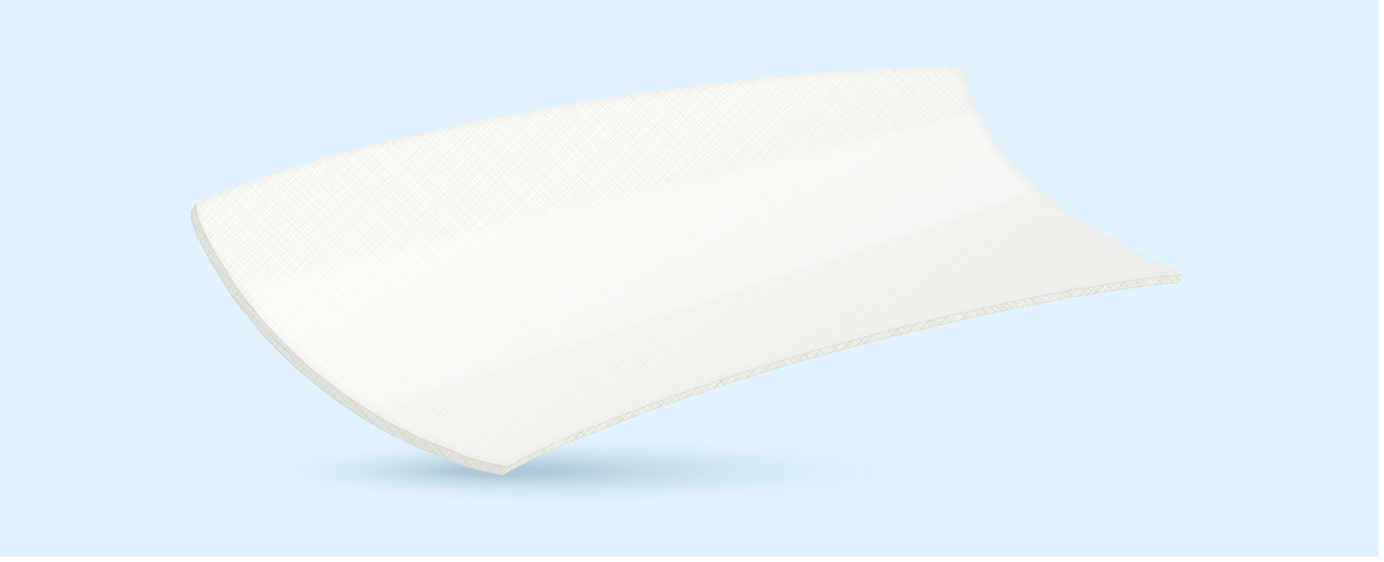Topic One: Alginate Dressings

(Illustration of an alginate dressing)
Composition & Properties
Alginate dressings contain either calcium or sodium alginate, or a mixture of both, which are derived from brown seaweed. Those that contain calcium have haemostatic properties, which means minor bleeding can be reduced by contact with an alginate for 10 minutes. The alginate should then be removed and replaced with another alginate dressing (Morgan, 2004).
Alginic acid (found in seaweed) consists of a polymer containing mannuronic and guluronic acid residues. Alginates rich in mannuronic acid form soft, flexible, dispersible gels which can be rinsed from the wound. Alginates rich in guluronic acid form firmer gels that can be removed from the wound in one piece (integral).
Alginates that contain both mannuronic and guluronic acids form a soft gel that maintains its strength when wet. As alginate dressings interact with the wound, their structure alters (Dealey, 2005). On absorption of exudate, the dressing changes from a fibrous structure into a hydrophilic gel, which conforms to the shape of the wound and promotes healing.
The moist environment facilitated by alginates promotes the debridement of slough and the promotion of autolysis (Vuolo, 2009).
Alginate dressings feature the following general performance properties and attributes:
- Can provide atraumatic removal when used in the correct manner
- Non-occlusive
- Can be cut to fit
- Can be layered for more absorption
- Bio-absorbable
- Can absorb more than their weight in exudate
(Woundsource, 2017)
Indications for use
Alginates are highly absorbent and are therefore indicated for medium to heavily exuding wounds. Alginates are also ideal for minor bleeding in wounds as they have natural haemostatic properties. Alginate dressings should not be used if bleeding is heavy, and extreme caution is needed if used for tumours with friable tissue (NICE BNF, 2020).
They can be used on infected wounds (Morris, 2006). Alginate rope can be used in sinus and cavity wounds to improve the absorption of exudate and prevent maceration (NICE BNF, 2020).
Alginates are not suitable for use on dry wounds or where the exudate level is low, as the wound may become too dry (Morris, 2006). If an alginate ‘sticks’ to a wound or is difficult to remove from the wound, this may be due to low exudate levels. The alginate should be flushed from the wound using normal saline and replaced with a more appropriate dressing.